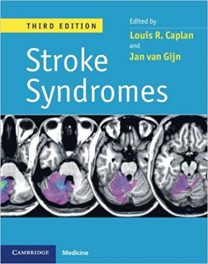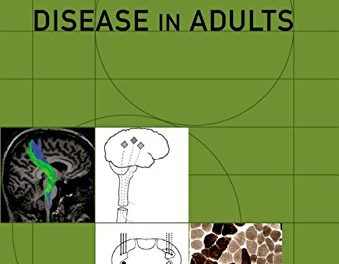 Editors: Gordon H. Baltuch, MD: and Arthur Cukiert, MD
Editors: Gordon H. Baltuch, MD: and Arthur Cukiert, MD
Publisher: Thieme – 237 pages, with 437 illustrations
Book Review by: Nano Khilnani
Worldwide, nearly 39 million people had epilepsy in 2015. Of these, there were 125,000 deaths, accounting for around one-third of one percent of the total. But the 2015 number of deaths doubled from 112,000 from 25 years earlier in 1990. Why was that the case?
First, take note that about 80 percent (31.2 million) of 39 million epilepsy cases occurred in developing countries in 2015, where information on correct and effective treatment, much less access to treatment, is often not readily known or available.
According to a Wikipedia article, in developing countries, epilepsy is associated with social stigma: “Stigma is commonly experienced, around the world, by those with epilepsy. It can affect people economically, socially and culturally. In India and China, epilepsy may be used as justification to deny marriage.”
“People in some areas still believe those with epilepsy to be cursed. In parts of Africa, such as Tanzania and Uganda, epilepsy is incorrectly claimed to be associated with possession by evil spirits, witchcraft, or poisoning and is believed by many to be contagious. Before 1971 in the United Kingdom, epilepsy was considered grounds for the annulment of marriage. The stigma may result in some people with epilepsy denying that they have ever had seizures.
In the developed world including in the United States, onset of new cases occurs most frequently in babies and the elderly. In the developing world, onset is more common in older children and young adults due to differences in the frequency of the underlying causes. About 5 to 10 percent of people will have an unprovoked seizure by the age of 80, and the chance of experiencing a second seizure is between 40 and 50 percent.
In many areas of the world, those with epilepsy either have restrictions placed on their ability to drive or are not permitted to drive until they are free of seizures for a specific length of time. The word epilepsy is from an ancient Greek word that means “to seize, possess, or afflict”.
Knowledge of the causes, symptoms, and treatment of epilepsy is much far advanced in the United States and the rest of the developed world than in developing nations, as you will note in reading and using this book.
“ However, for all our advances in imaging and electrophysiology we have not answered the fundamental question of how to define the epileptogenic brain primarily because the disorder itself is so heterogeneous and within that heterogeneity lies a characteristic epileptogenic expression for every patient which is s unique to that patient as his or her face is unique from all other people,” writes David Spencer MD, chairman emeritus of the Yale University School of Medicine’s Department of Neurosurgery, who wrote the Foreword for this book.
But this book brings hope to many who face the dilemma that Dr. Spencer describes above. This second edition published in 2020, containing many updates to the 2000 edition, and it shows examples of how the field of epilepsy has been ‘revolutionized’ (as one of its editors Dr. Baltuch describes in the Preface), even as there is much more to discover and master.
This book is the combined work of 67 specialists in epilepsy surgery, many from around the United States, and also from 10 other countries worldwide – Brazil, Canada, Finland, France, India, Indonesia, Italy, Japan, Spain, and Sweden. They authored the 30 chapters of this book organized around seven Parts we list below:
- Part I – Surgical Planning
- Part II – Invasive EEG Studies
- Part III – Cortical Resection
- Part IV – Intraoperative Mapping
- Part V- Disconnection
- Part VI – Neuromodulation
- Part VII – Further Topics
What has changed in the last decade since the first edition was published in the year 2000? With the field of epilepsy having been ‘revolutionized’ this new edition contains:
- An increasing realization that epilepsy is a network disease and that neural modulatory techniques such as vagal nerve, deep brain, and responsive stimulation, which surgically disrupt these epileptogenic networks, have become increasingly adopted in the treatment armamentarium.
- Incorporation of new information on rapid advances in neuro-imaging, transforming the way epilepsy is practiced
- Minimally invasive techniques that have developed
- New chapters including on augmented reality, endoscopic disconnection, laser ablation, and robotics
- New knowledge and scientific understanding of the biological foundations of epilepsy
- Updates and expansion of previous chapters
This is a highly valuable book for all those aspiring into, and practicing in the neurological specialty of epilepsy, because it contains much information that is new, some of which we have itemized below. Explore the inside of this book for your professional advancement.
Editors:
Gordon H. Baltuch, MD, PhD is Director of the Center for Functional and Restorative Neurosurgery, and Professor in the Department of Neurosurgery at Pennsylvania Hospital at the University of Pennsylvania in Philadelphia, Pennsylvania.
Arthur Cukiert, MD, PhD is Director of the Clinica de Epilepsia de Sao Paolo, and Head of the Epilepsy Surgery Program in Sao Paolo, Brazil.






